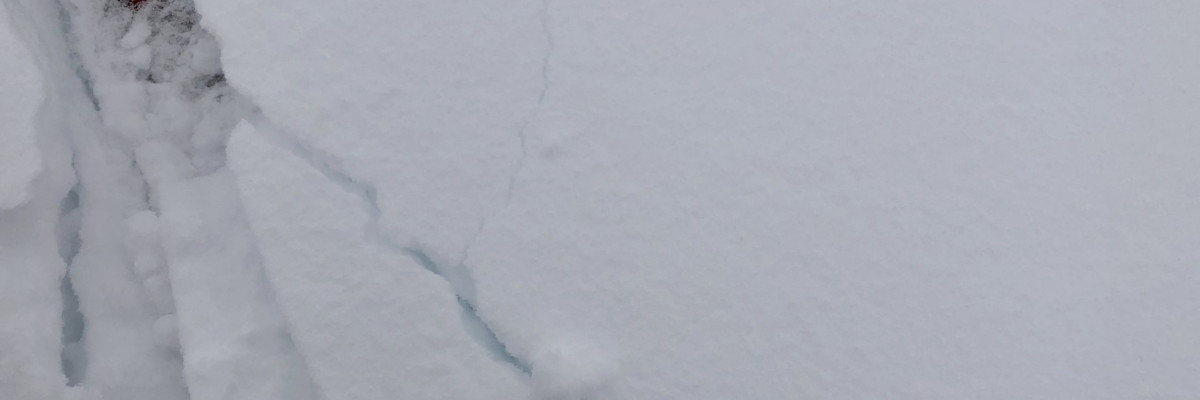An avalanche warning has been issued for the southern Mission, southern Swan, Rattlesnake, and southern and central Bitterroot mountains. The avalanche danger for the west central Montana backcountry is HIGH. The avalanche hazard is increasing with continued snowfall. Human triggered avalanches are certain. Avalanches may run long distances. Travel in avalanche terrain is not recommended. This avalanche warning is valid for 24 hours. The avalanche warning will either be extended or terminated at 0700 on December 21, 2020. This danger rating does not apply to operating ski areas and is the sole responsibility of the U.S. Forest Service.
Weather and Snowpack
The atmospheric river is here. Snotels are reporting 0.5 to 0.9 inches of SWE this morning. Winds are in the 20’s gusting into the 50’s.
Snowfall and winds are are creating very dangerous avalanche conditions on all slopes today. Travel in avalanche terrain is not recommended today. Avoid traveling under runout zones. There are many weak layers in our snowpack that are being stressed by this loading event. Avalanches can be triggered remotely today on these buried weak layers. Winds are loading ridge lines and cross loading other slopes. Large wind slabs are being created.
Bottom Line
Travel in avalanche terrain is not recommended today. Avoid runout zones. You can trigger an avalanche remotely today. Snowfall and winds are creating very dangerous avalanche conditions.
This warning will be terminated or extended tomorrow at 0700.
Ski and ride safe.
























